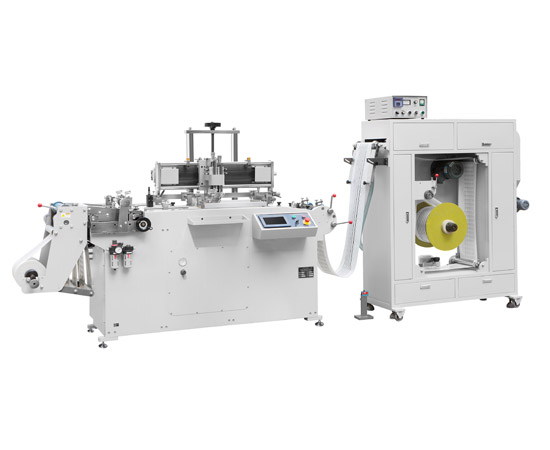Speed, Precision, and Quality – Flexo Printing Machine Essentials
Flexographic printing, often referred to as flexo printing, is a popular and versatile printing method used across various industries. It is known for its ability to produce high-quality prints on a wide range of substrates. In flexo printing, achieving a perfect balance between speed, precision, and quality is essential. These three factors are the cornerstones of a successful flexographic printing operation.
 Speed – Speed is a crucial factor in the world of flexo printing. The ability to produce a high volume of printed material in a short amount of time is a significant advantage in meeting customer demands and maintaining competitiveness. Flexo printing machines are designed to operate at different speeds, ranging from slow to high-speed production. High-speed flexo printing machines are equipped with advanced technologies that allow for rapid printing without compromising print quality. They are often used for large-scale jobs, such as newspaper printing, packaging, and label production. The key to achieving high-speed printing lies in several factors, including the type of ink used, the drying system, and the design of the printing plates. Fast-drying inks, efficient drying systems like UV curing, and precise plate registration all contribute to faster production rates.
Speed – Speed is a crucial factor in the world of flexo printing. The ability to produce a high volume of printed material in a short amount of time is a significant advantage in meeting customer demands and maintaining competitiveness. Flexo printing machines are designed to operate at different speeds, ranging from slow to high-speed production. High-speed flexo printing machines are equipped with advanced technologies that allow for rapid printing without compromising print quality. They are often used for large-scale jobs, such as newspaper printing, packaging, and label production. The key to achieving high-speed printing lies in several factors, including the type of ink used, the drying system, and the design of the printing plates. Fast-drying inks, efficient drying systems like UV curing, and precise plate registration all contribute to faster production rates.
Precision – Precision in flexo printing refers to the accuracy and consistency in reproducing the intended design on the substrate. Achieving precise results is a fundamental requirement, especially in applications like label and packaging printing, where small details and fine text must be accurately reproduced. However, it is essential to strike a balance between speed and quality. While high-speed printing is advantageous, it should not come at the cost of print resolution and registration accuracy. Maintaining proper tension control, substrate handling, and ink application is critical to ensuring that high-speed flexo printing does not compromise the final product’s quality.
Printing Plates – High-quality rotogravure printing machine with precise imaging and consistent relief depth are essential. Modern digital plate-making technologies have greatly improved the precision and durability of flexo plates.
Registration Control – Accurate registration ensures that each color is precisely aligned with the others, resulting in sharp, vibrant prints. Advanced registration control systems, such as automatic register control, help maintain accuracy throughout the print run.
Substrate Handling – Precise substrate handling, tension control, and web guiding systems are essential for ensuring consistent print quality, especially on long print runs.
Quality – Quality is the ultimate goal in flexo printing. High-quality prints meet or exceed customer expectations, whether they are used for branding, product packaging, or promotional materials. Achieving exceptional print quality involves a combination of factors, including the right combination of inks, substrates, and printing technology.
Inks – The selection of inks is crucial for achieving high-quality prints. The choice of inks depends on the substrate, color requirements, and print durability. Water-based, solvent-based, UV-curable, and other specialty inks are available for different applications.
Substrates – Flexo printing is compatible with various substrates, including paper, cardboard, plastic, and flexible packaging materials. The choice of the right substrate and surface treatment is vital for ensuring ink adhesion and color vibrancy.
Color Management – Proper color management ensures that the printed colors match the desired color accurately. The flexo printing machine involves color calibration, color profiling, and consistent monitoring of color accuracy.